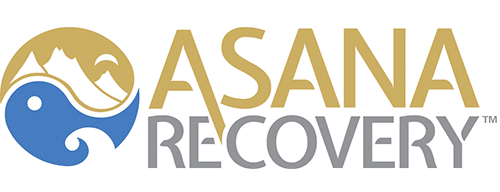Despite the fact that government officials and public health agencies are aware of the seriousness of the opioid epidemic in the United States, it can be difficult to come up with strategies to prevent and combat the crisis, because drug use at the street level is like a living thing that’s always moving and changing. New drugs, new drug terminology, and new drug use trends are constantly evolving, to the point where it can be difficult for anyone not on the ground to keep up with. Helping to monitor all of these changes is a nationwide public health surveillance system called the National Drug Early Warning System (NDEWS).
The problem with these evolving drug trends is that so many new drugs can flood the market that neither law enforcement, health agencies, or drug testing companies can keep up. Often times the person taking the drug isn’t even completely aware of what they’re ingesting. Also, if officials aren’t up on the latest drug lingo, they’re not going to have any idea whether what they’re hearing is even related to drugs.
NDEWS was created in 2014 as a collaborative project between the National Institute on Drug Abuse (NIDA) and the University of Maryland’s Center for Substance Abuse Research (CESAR), when CESAR was given a five-year grant from NIDA. It now monitors and reports on drug trends in what are referred to as “sentinel community sites” across the U.S. that are experiencing significant substance use problems. The 12 sentinel sites are in Maine, New York City, Philadelphia, Detroit, Chicago, Atlanta, Miami, Texas, Denver, Los Angeles, San Francisco and Seattle.
NDEWS works with experts called Sentinel Community Epidemiologists (SCEs), who are the main point of contact for their area and participate in the NDEWS Network, and Community Epidemiologists (CEs), who maintain collaborations with local experts who have ready access to local data and information. There are eight Community Epidemiologist (CEs) contacts, located in Boston, Cincinnati, Maryland/Washington, D.C., Minneapolis, Phoenix, St. Louis, San Diego, and West Virginia.
Sentinel Community Sites release annual reports called Drug Use Patterns and Trends, which focuses on emerging drugs and patterns of drug use. For example, the eastern NDEWS sites might all report the numbers of heroin-related deaths in their areas, and then the western ones would do the same, and when the data was compared we’d see that heroin death rates were higher east of the Mississippi. This would then show officials where to focus their efforts when it came to combating heroin use.
NDEWS has established a virtual community called the NDEWS Network, where scientists, government officials, public health experts, law enforcement representatives, and others can share information and assist with research. NDEWS has also worked with the White House Office of National Drug Control Policy (ONDCP) to implement the Community Drug Early Warning System (CDEWS), which was designed to identify emerging substance abuse trends in local criminal justice populations.
If you or a loved one need help with quitting drugs or alcohol, consider Asana Recovery. We offer medical detox, along with both residential and outpatient programs, and you’ll be supervised by a highly trained staff of medical professionals, counselors, and therapists. Call us any time at (949) 438-4504 to get started.



